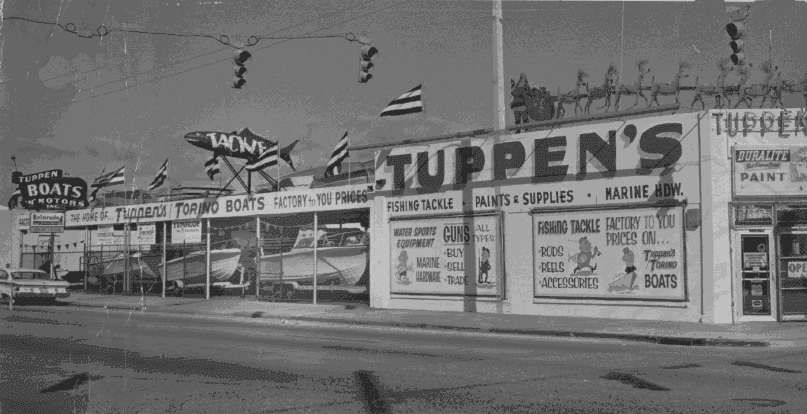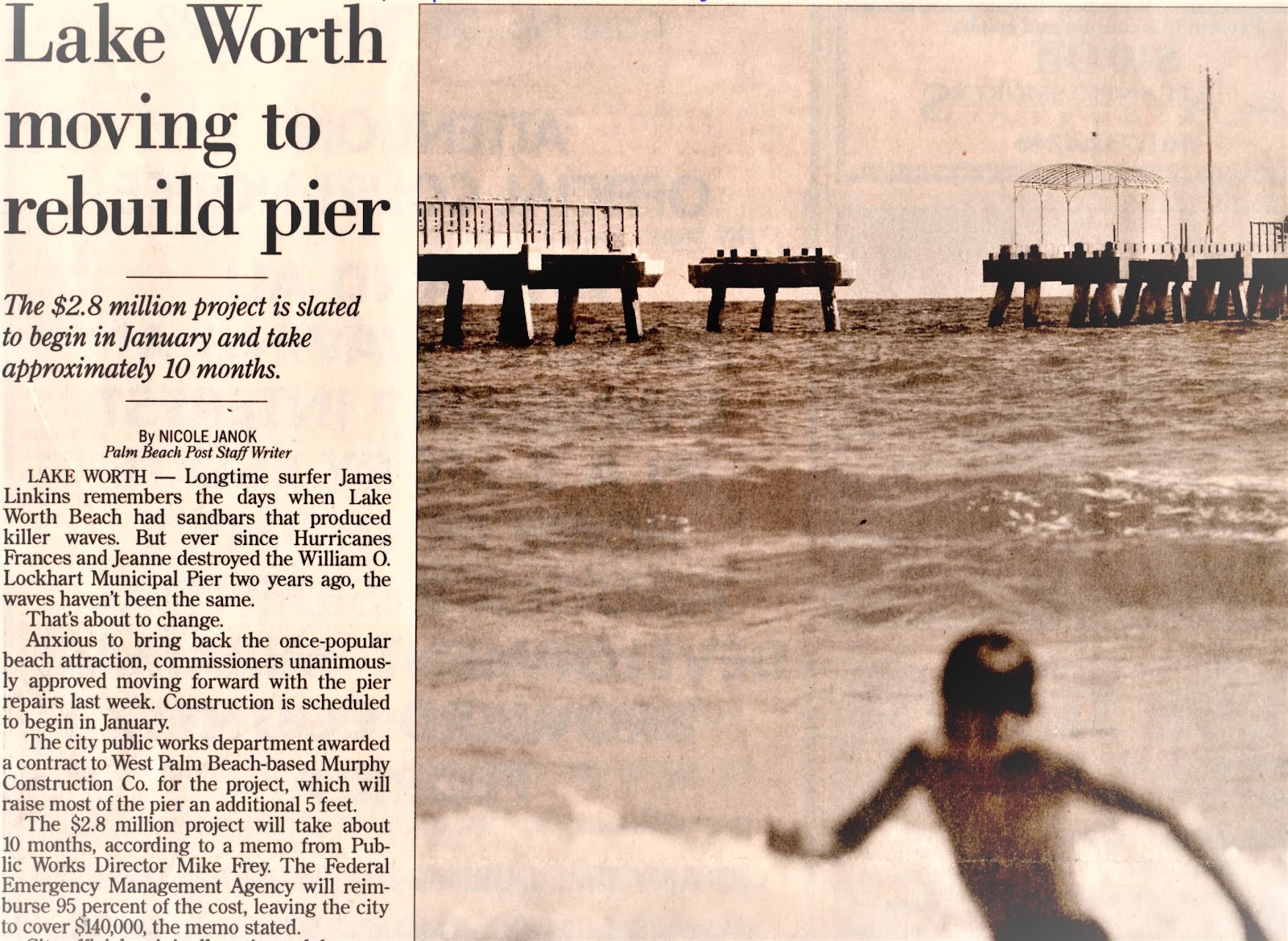"Racism, bad intel, profits, taxes – all played a part in our unsustainable suburban sprawl. The pending demolitions of Northland and the Silverdome bring that home. What lessons we learn remain to be seen."
—John Gallagher, Detroit Free Press (see link below)
Here is an article from the Detroit Free Press on the suburban phenomenon and the automobile. Perhaps no other North American city suffered more of the effects and the unintended consequences of designing cities around the convenience of the automobile than the Detroit metropolitan area did. Most everyone understands the flaws now but few did when the exodus from the cities began. The "driving" principles (pardon the pun) ruled the day and Detroit fell to decay and neglect.
The Silverdome, once the home to the Detroit Lions, still stands with its 80,000 seats empty and open to the elements; its once-revolutionary fabric "roof" is in tatters. Northland, one of the first major suburban shopping centers was built in 1954. It is now empty due to changing consumer tastes and in part because it was designed specifically for the automobile to get you there.
From the article cited above, below are four of the eight reasons given by the reporter why once revolutionary structures like Northland and the Silverdome now lay in ruin :
Home Rule. Michigan law gives every local community wide leeway in deciding its own development policy. That has led to a lumpy development map across the region, with some townships opting to remain more rural while others go for more intensive development and the taxes that brings. What’s best for the region as a whole never gets considered. [emphasis added]The four other reasons given are federal policy, local elected leaders, and the home builders/road builders who reaped the rewards from the elected's largesse.
Bad demographic estimates. Back around 1950, when Southeast Michigan still enjoyed a heady population growth, some regional leaders believed that perhaps 10 million people would call the region home in the year 2000. Today the real number is a little more than 4 million. Planning for a population surge that never came lay behind much of the urgency in suburban growth.
Urban planning. Urban planners during the era of suburban sprawl paid more attention to the concerns of vehicle traffic than to concepts of walkability and urbanity. The result: Vast expanses of low-density suburbia are given over to paved parking lots and extra-wide streets. Northland and the Silverdome were typical in being plopped amid acres of concrete.
Racism. Toxic racial conflicts between blacks and whites did more than drive middle-class residents out of the city of Detroit. It also gave the newly minted suburbanites a sense of correctness – that Detroit had become a hell-hole best left abandoned. Better race relations no doubt would have lessened the urge to sprawl.
These elements are not unique to a metropolitan area such as Detroit. Many are at play here in south Florida. We can thank Florida's growth management apparatus that operated (past tense) to mandate at least some level of state and regional oversight for growth and development. Michigan never had such a state agency. Regional planning was an afterthought there.
My school district as a youngster in suburban Lansing, Michigan projected a high school population of 10,000 people when it built its new high school in the late 1950s. To accommodate that future growth it was built into different "modules" so that new buildings could be added to the campus over time. That resulted in having to walk between buildings to get to your next class. This was especially fun in February when the wind chill was −40°F. When I graduated from high school the total enrollment was 1,200. The anticipated growth never arrived but the roads and other infrastructure went ahead anyway.
One other factor that portended the future was the impact of the oil crisis of the 1970s and the domestic auto industry being slow to react. Fuel prices are market driven; when supplies are plentiful few plan for a future when they're not.
A question we need to ask ourselves here in south Florida is why do we keep developing land "out west" for new, greenfield development? Why are we following the same steps that have led to the collapse of entire regions? We don't have to research ancient societies on other continents for answers—what happened to Detroit in the late 20th Century is clear enough.
It's estimated that 800 people are moving permanently to Florida each and every day on average. We should be encouraging these new residents towards our older, coastal communities and Lake Worth is one of those. Lake Worth is a bikeable and walkable city that was designed and platted prior to the automobile becoming the dominant transportation choice, pre-I95, pre-Turnpike, and pre-Uber too if you can believe that.
But instead politics, pandering, and short-sighted leaders get bogged down in arguments about 3-story buildings versus the charming 2-story variety and whether a developer should install gates or use hedges instead and on and on it goes. The gullible public gets furiously excited like hamsters on a spinning wheel and when they get tired or distracted their puppet masters yell "sea level rise!" or "somebody's trying to steal our BEACH!".
Meanwhile the Florida Everglades are getting paved over and another Lake Worth-sized city is planned between I-95 and the Florida Turnpike. Sad.





